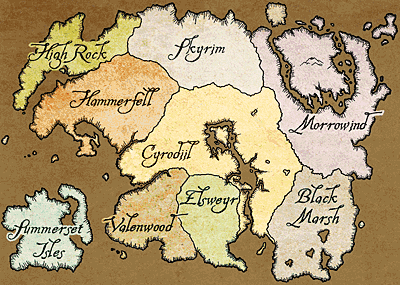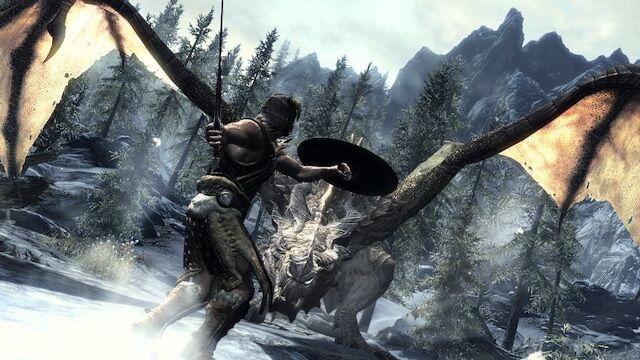

In this phase the conquerors die off and are replaced by administrators who help estabilish a system of rules and institutions used to manage their empire, overseeing an era of economic & demographic recovery and growth and gradually paying off the still-massive debts of their ancestors. With long awaited peace the second phase begins. This era ends when there is either nothing left to conquer worth conquering, or when everyone is just so indebted or exhausted that there is literally no money left to be loaned or taxed and The Empire can't afford to fight anymore. Opposing him are Feudal Overlords clinging to their old crumbling castles, warlords and barbarian chiefs, for whom Authority Equals Asskicking and Might Makes Right, opposing would-be empires and claimants to be met in climatic struggle, and hardline devotees of a previous empire, who want to preserve what little is left of it. Serving him are The Good Chancellor or Evil Chancellor (depending on moral allegiance usually), fathers to their men, and just heroes of legend and lore. The ruler of this era is The Conqueror and Founder of the Kingdom. The Empire racks up massive debts from all this warfare, and its economy is likely totally devastated, but with its borders secure it'll probably be able to pay off its debts over the next few generations.


These days see the Empire established by military expansion, and also the most betrayals and civil wars, as many great leaders may turn against each other in their desire to take the throne for themselves. According to the theory, the History of every empire, real life or fictional, can be divided in four parts:ĭuring this phase the Empire is still young and rising, many of its rulers are ambitious, and those with money often give them the loans they need to conquer their enemies. It should be noted that this model is highly simplified and somewhat hidebound so that it can't fully fit every empire that has existed, but it is still an elegant and relatively accurate model, and highly influential in culture ( especially Chinese and other culture in the Sinosphere).

The "Imperial Cycle" of history is a model that is put forth to try and explain the history of empires or other great states. But if no predator or scavenger consumes it in the dark, at dawn it rises again, rejuvenated and strong. When night falls, it succumbs to sickness, writhing in agony as it rots alive. At sunset, its teeth are dull, it forgets its courage, and it squanders its hard-won riches for fleeting moments of pleasure. At noon, it rests on its treasures, at the height of its strength and wisdom, still brave enough to defend what it has acquired. In the morning, it awakes full of ambition, with a courageous heart and sharp teeth, so it can take everything it desires.


 0 kommentar(er)
0 kommentar(er)
